GM Futurliner Review
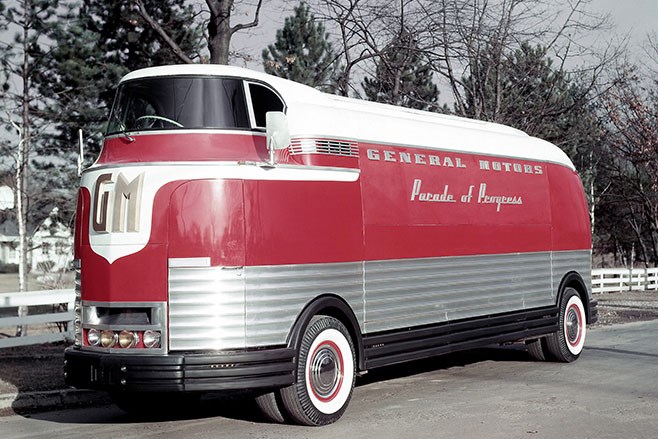




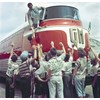
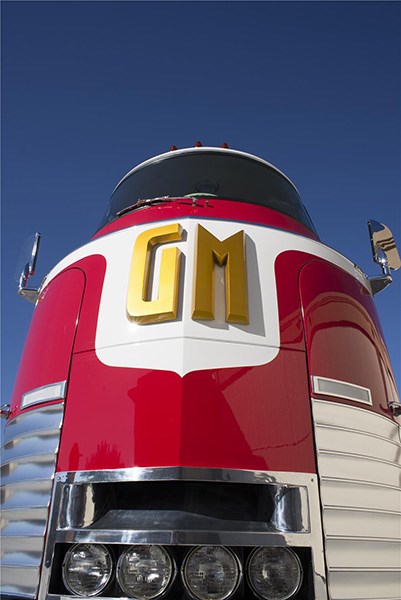

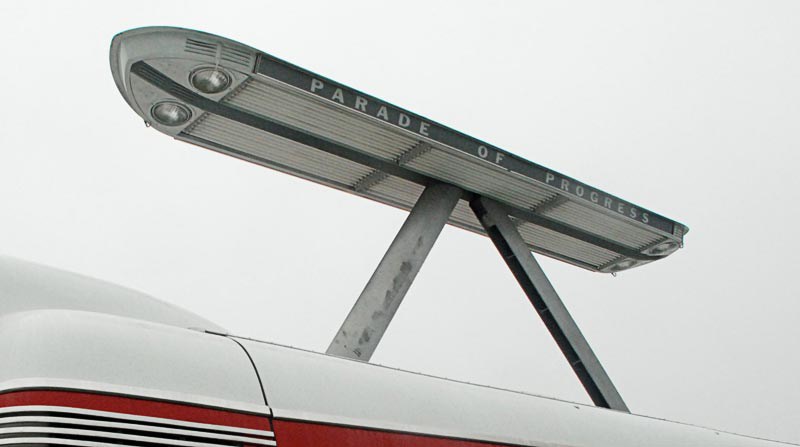

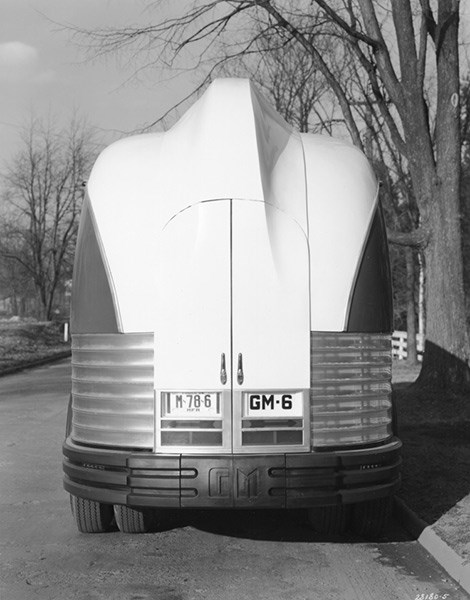

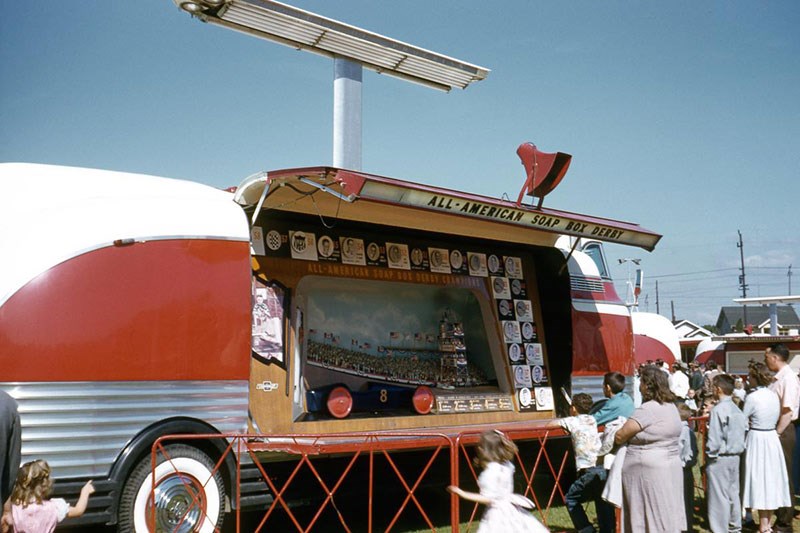

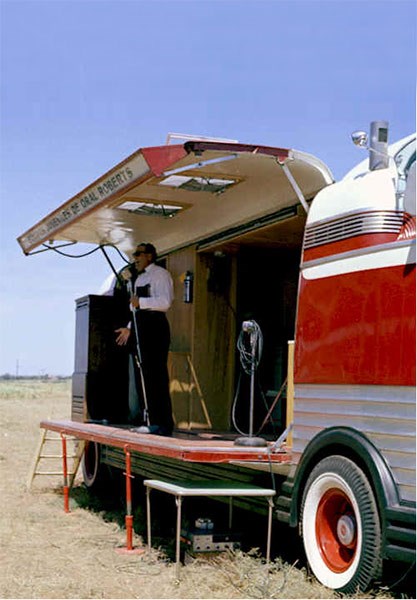


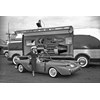


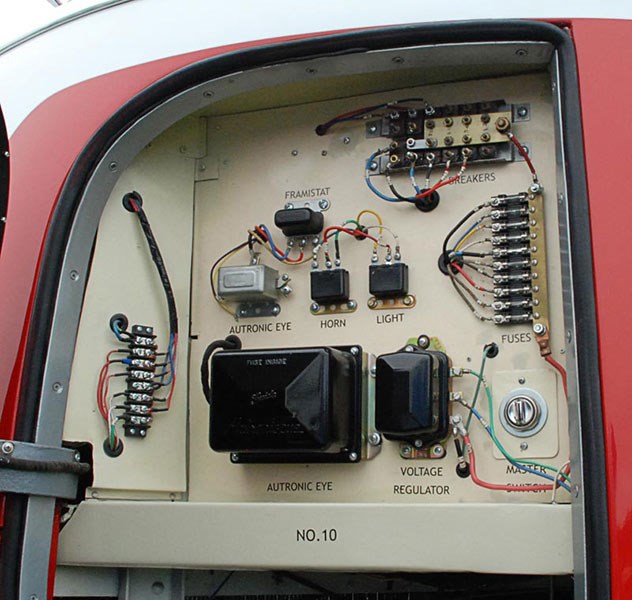

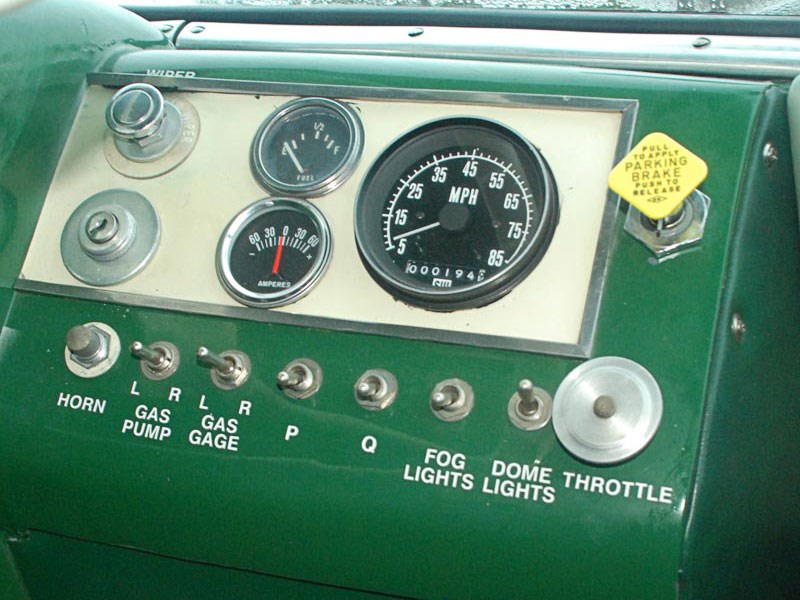


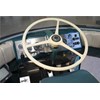
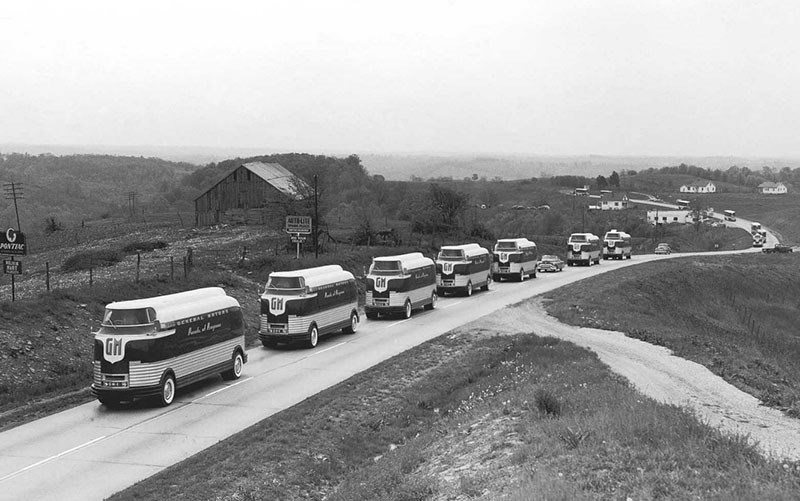

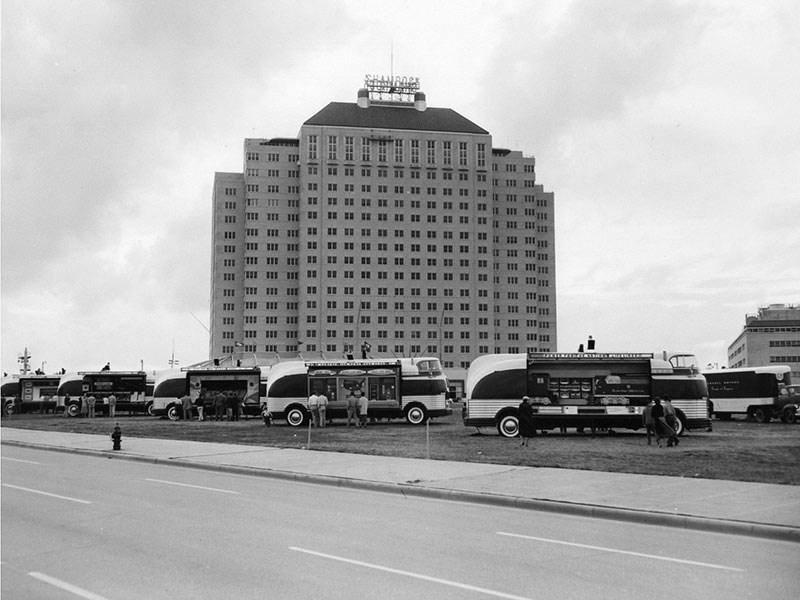


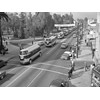
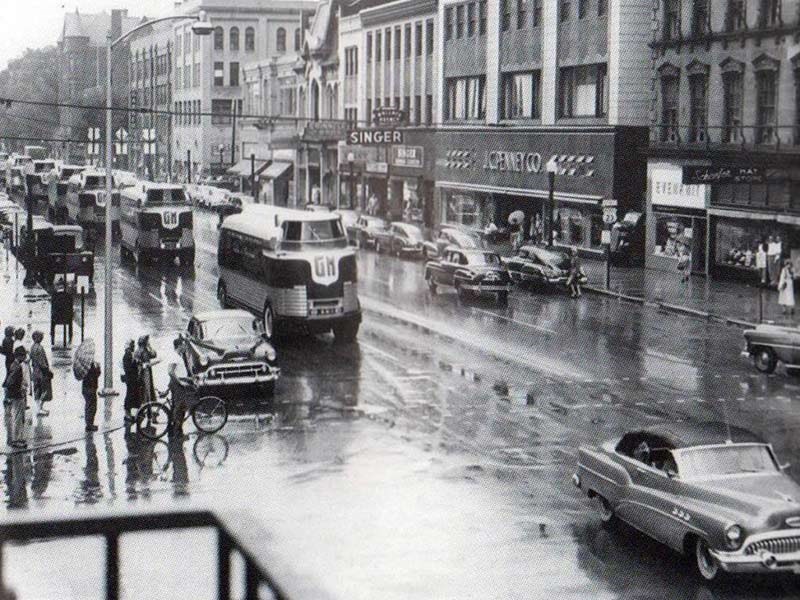

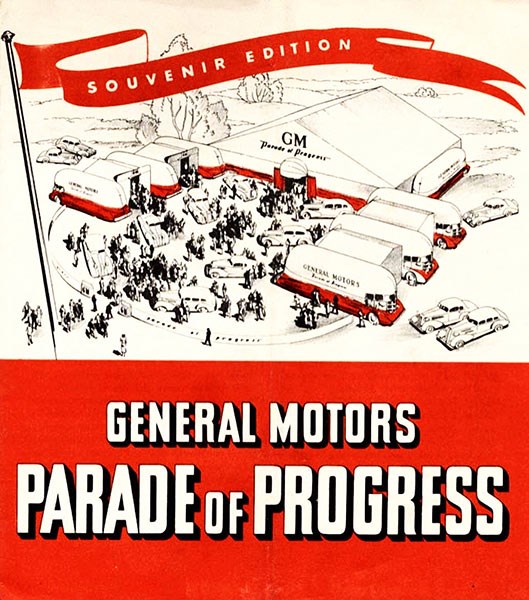


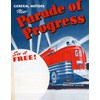



|

|

|

|

|

|

|

|

|

|

|

|

|

|

|

|

|

|

|

|
GM's Futurliner was once the poster child of America's technological optimism. We take a look at the brave new world into which it was born...
GM Futurliner
It’s hard to imagine the devastating psychological shock The Great Depression of the Thirties inflicted on the United States of America. The shining confidence of The New Colossus, Emma Lazarus’ sonnet that appeared on the Statue of Liberty, had shattered. America didn’t need any more tired, poor, or huddled masses yearning to breathe free. The stock market crash of 1929 had left the land of the free scratching about for a free meal.
From the ashes of this financial ruin came a beacon of hope. Chicago had bid and won the rights to hold the 1933 World’s Fair and national pride overcame any notion of austerity. When the gates opened on May 27th, unemployment was running at a record 25 percent and the public needed a good news story. They got it in the shape of the dizzying technological innovation on display on the shores of Lake Michigan. ‘The Rainbow City’ included the launch of Cadillac’s V16 limousine, the Lincoln-Zephyr concept and a Golden Packard. The fair was originally scheduled only to run until November 12th, 1933, but it
was so successful that it was opened again to run from May 26th to October 31st, 1934. The fair was financed through the sale of memberships, and by the time the site closed in 1934 this was the first time in American history that an international fair had managed to turn a profit.
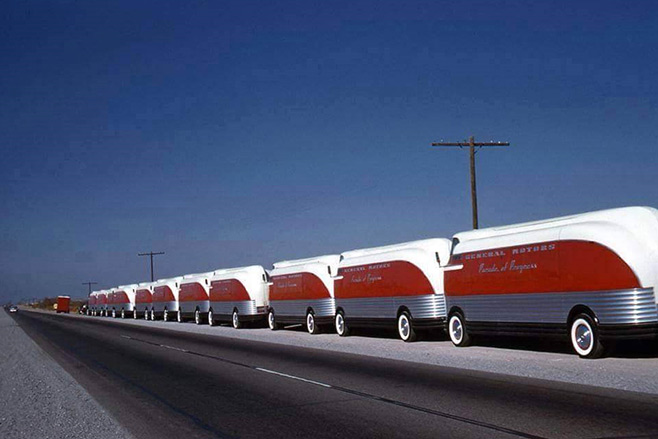
This all started the cogs turning in the brilliant mind of Charles F. Kettering. He had quite the CV, founding Delco, and responsible for inventions such as the electric starter motor, freon refrigeration, and unleaded gasoline. At the time, Boss Ket’s business card read Research VP at General Motors, and he was keen on taking the technological wonders of the World’s Fair out onto the road. His brainchild was the Parade of Progress, a mobile expo that would criss-cross the States, and General Motors realised that an entertaining and educational road show would do wonders to subtly express General Motors’ technological superiority.
Eight huge streamlined vans were commissioned and built at Fisher Body’s Fleetwood plant in Detroit. Six of these ‘Streamliners’ formed walk-through exhibits when linked together. Another opened up to form a stage while the eighth was a hauler. The first Parade of Progress was a huge success, running from 1936 to the point where Hirohito decided to remodel Pearl Harbor. By that time, the Parade had put well over a million miles under its wheels, had pitched camp in 251 towns throughout the U.S., Canada, Mexico and Cuba, and had played to some 12.5 million people.
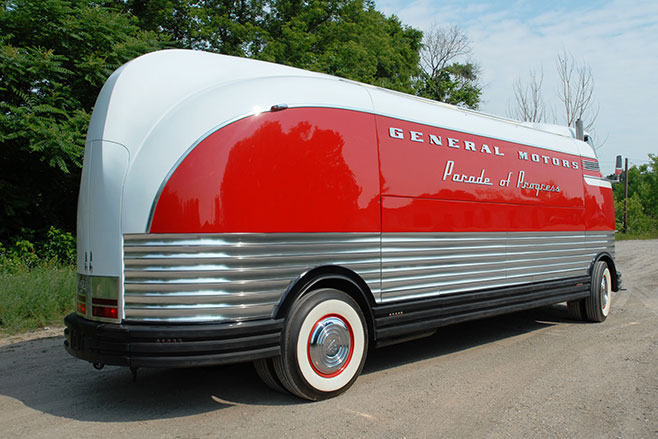
You could watch in awe at how ‘Science Frees Women From Drudgery’, with stainless steel kitchen utensils, Delco electric irons and vacuum cleaners, a Frigidaire fridge and easy-wipe linoleum. Meanwhile the gents could thrill at GM’s car of the future turning up at the motel of the future, its driver alighting wearing apparel of the future. While it all sounds quite hokey and parochial now, remember that back in the late Thirties, there was no television. You might see some of this stuff in newsreel films at a theatre, but this was the first time many small-town folk had seen it for real.
Post-war, the Parade was reactivated in April 1953. This version of the show remained essentially the same as the 1940 version, but Fred Huddle’s innovative Aer-O-Dome tent, with its external aluminium arches and silverised vinyl-impregnated canvas skin, was made even bigger. The exhibits were also updated, with jet propulsion, the atmosphere, the atom, stereo, and metal powder forming highlighting how far the war had pushed technology forward.
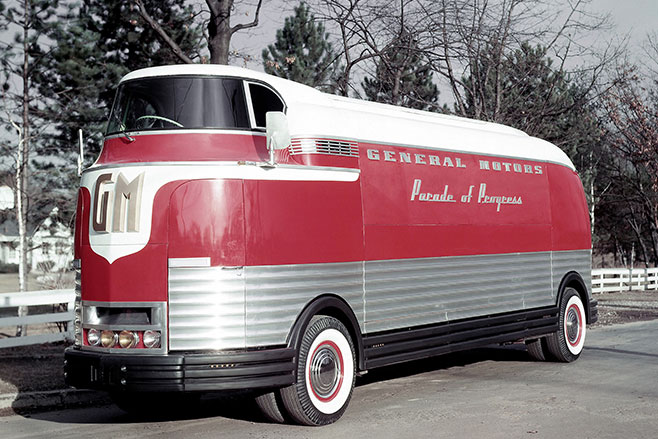
Scientists demonstrated how an egg could be cooked using induction without melting ice cream in a paper cup. As Arthur C. Clarke once noted, "Any sufficiently advanced technology is indistinguishable from magic." The homespun parochialism of the early shows had been replaced by a future that seemed vividly real and, to many, frighteningly uncertain.
As thrilling as the scientific exhibits were, the real stars of the Parade of Progress arrived at the tail end of 1940. The original eight streamlined vans were replaced with a new set of twelve vehicles, dubbed Futurliners. No, that’s not a typo. The name was spelled without the ‘e’ in ‘future’ so that GM could trademark the name.
The Futurliners were astonishing then and still pack a visual punch today. It’s hard to imagine the impact this convoy of vast, red and white behemoths would have had rolling into quiet rural towns across the US. Get up close to one and you realise how huge they are; fully 10 metres long, 3.5 metres tall and with a 6.3 metre wheelbase. The stylised Art Deco bodywork and deep chrome and red fins catch the eye but there are some intriguing details such as the dual (side by side) front wheels, each wheel having its own braking system. Virtually all of the Futurliners suffered issues with power steering pump failure which could have made for a few interesting moments behind the wheel.
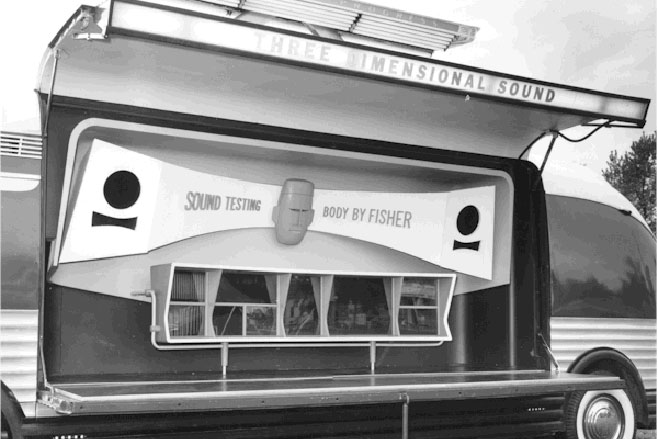
They weren't quick. The early (pre-953) models were powered by 4-cylinder diesel engine with four-wheel drive transmissions. The 1953 versin got a bit more grunt, in this case a 302 inline 6-cylinde OHV GMC engine. The engine is coupled to a four-speed Hydramatic automatic transmission that is bolted to the backside of another two-speed gearbox, delivering eight forward speeds. There was also a separate power take-off gearbox which made driving the Futurliner a bit more involved. To engage this gearbox, the driver had to walk to the back of the vehicle and manually select one of the three gears, effectively giving 24 gears. Amazingly there is yet another gear reduction system onboard but this was rarely used. Top speed? Not much better than 60km/h. The future was clearly not something to be rushed.
The first-gen Futurliners were fitted with a Jetsons-style Perspex bubble canopy but due to the fact that the vehicles weren't air conditioned, drivers often found themselves slowly roasting inside. It also meant that drivers needed to climb a stiarway to enter the 'cockpit' which then positioned the driver's head at over three and a half metres off the road which must have led to a fair bit of flinching when ddriver under bridges. There's no record of anyone lopping off a canopy at speed but the triple threats of heatstroke, bird strike and possible decapitation saw GM revise the cockpit design for the post-'53 models.
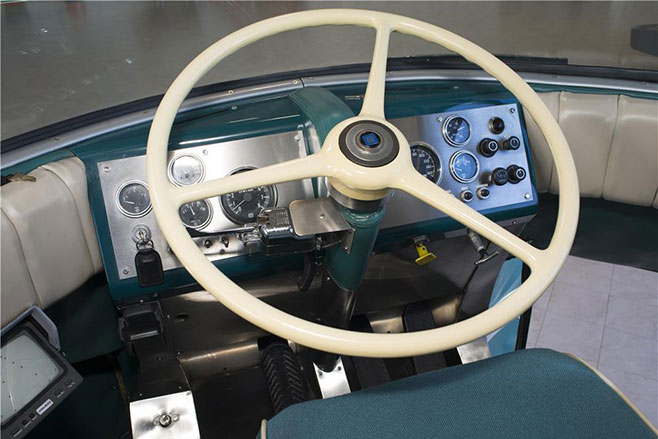
Despite that dual braking system up front, the massive all-up weight of the Futurliners meant that stopping distances had to be carefully planned. At least one Futurliner rear-ended another and consequently they were instructed to stay 300 feet apart.
They were all fitted with radio receivers but to cut down on chatter, only the lead and tail vehicles were equipped with transmitters.
As befits a vehicle designed for demos and displays, the Futurliner has a dizzying array of hatches and doors around its body. We counted nineteen, including two vast 5m x 1.5m doors which hinge to expose the display housed within. A five-metre lighting panel is fitted atop the overhead doors and a theatrical light bar elevates another two metres or so above the roofline for additional illumination. Supplying the juice for this little lot were hefty twin 6-71 200kW Detroit Diesel generators.
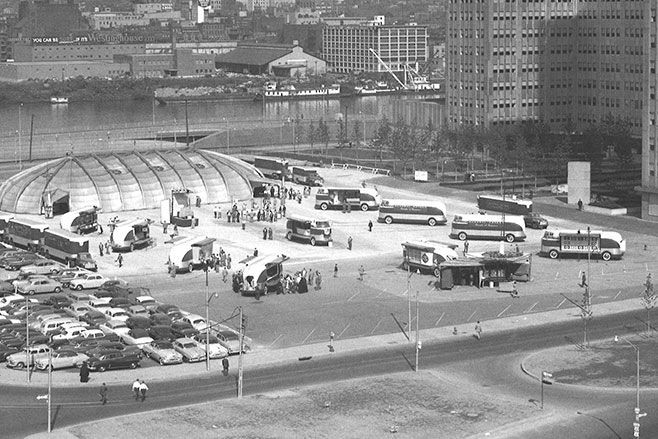
The Parade of Progress made its biggest numbers during an eleven-day engagement in Mexico City in January, 1938. More than 457,000 locals visited the circus of science and research, easily besting its previous biggest engagement in Oakland, California. Prior to the Mexico trip, the biggest one-day attendance had been 30,000. Mexico opened with 79,000 attendees and on no diay did less than 25,000 attend. The 1936 tour drew 12.5 million people. By contrast, Major League Baseball scored a 9 million attendance igure that year.
Ironicaly, it was technology that ultimately drew the curtain on the Parade of Progress. By the mid-Fifties, many Americans had their own windows on the world in the shape of television. In 1956, General Motors decided to disband the caravan for the final time, but its legacy remains to this day. Many of the bright young things who lectured on the Parade continued their careers with GM, influencing product design to this day. The Futurliners themselves?
They had a hard life. Some disappeared from the face of the earth and others have been painstakingly restored. Back to the future, if you will.
Unique Cars magazine Value Guides
Sell your car for free right here
Get your monthly fix of news, reviews and stories on the greatest cars and minds in the automotive world.
Subscribe

.jpg)










.jpg)

